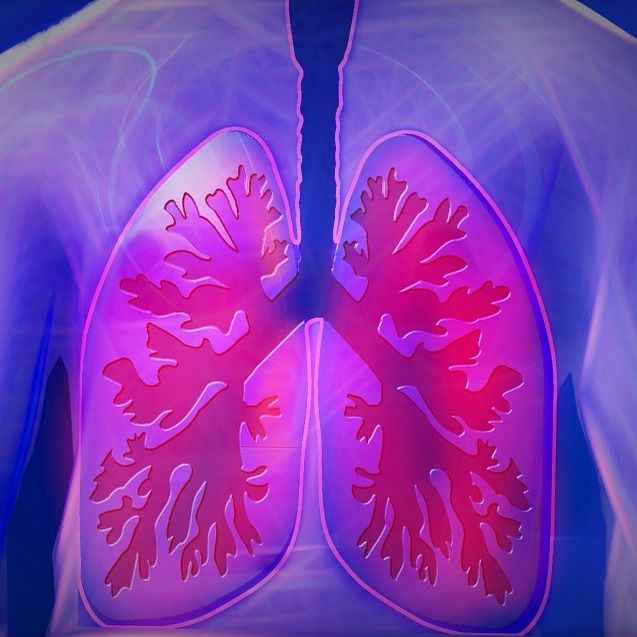Women Lung Donors Less Likely to Receive Lung Protective Tidal Volumes
Women are less likely to be administered lung protective tidal volumes (TVs) when being considered as a lung donor.

Since 15% of patients on the lung transplant list ultimately reach morbidity, taking the appropriate measures to optimally manage and preserve suitable organs is imperative—especially when only 15%-20% of potential lungs are deemed suitable for transplant.
However, a recent study presented at the annual 2018 CHEST meeting in San Antonio, Texas, found that women are less likely to be administered lung protective tidal volumes (TVs) when being considered as a lung donor, indicating a disparity in institutions’ adherence to already low adherence to lung protective ventilation.
TVs have largely dominated lung protective ventilation strategies as they have been shown to improve outcomes in both acute respiratory distress syndrome (ARDS) and non-ARDS ICU patients. For patients with lung injury, <=8ml/kg PBW TVs are recommended while <=6ml/kg PBW TVs are recommended for PBW in ARDS.
“While this is a single-center retrospective review, it suggests the possibility of an important disparity,” lead researcher Joaquin A. Chapa, MD, stated. “Multicenter studies are needed to determine the impact of excessive tidal volumes on organ suitability and outcomes.”
In addition to assessing the practice adherence to mechanical lung ventilation, study authors also evaluated whether sex specific differences in mechanical ventilation strategies existed.
The team investigators analyzed patients accepted for organ donation from 2009-2010 (n=112) and a 2:1 randomly matched group of patients referred for donation but who were ruled out ruled out medically.
Ventilator data, demographic information, arterial blood gas data in 4-hour intervals for the 48 hours preceding the time of death were extracted. This data was then analyzed to rule patient factors associated with receiving excessive TVs (>8cc/kg PBW).
Upon evaluation of their data, the team found more than half (65%) of patients were administered excessive TVs in the 48 hours preceding death. Additionally, excessively high volumes of TVs were administered to patients 40% of the time.
Between donors and rule-outs, the frequency of excessive TVs administration did not differ.
Compared to men, women were more likely to receive excessively high volumes of TVs (76% of women vs 57% of men; P<.001).
More time was also spent by women receiving excessive TVs than men (46 % of the time versus 32% of the time for men, 11h versus 7h p,.001). Additionally, women were 50% more likely to be administered TVs greater than 10mL/kg (12% versus 8% p,.001).
Even after a multiple regression analysis that adjusted for height, BMI, trauma death, and donation outcomes, the association between excessive TV and female sex remained significant (p=.01).
Morbid obesity, shorter height, and trauma as cause of death included additional independent predictors of excessive TVs (all p=.001).
From the results, study authors concluded that appropriate low TV ventilation was frequently not administered to potential organ donors in the transplant evaluation period.
Primarily, lung protective TVs were less likely to be administered to women, despite adjusting other factors associated with receiving large TVs, such as obesity and shorter height.
Although a single-center retrospective review, the study suggests the possibility of an imperative disparity. Larger, multi-center studies will be needed to define the impact of excessive TVs on organ suitability and outcomes.
The abstract, "Differences in Lung Protective Ventilation Use in Female Vs Male Organ Donors" was presented at ID Week 2018.